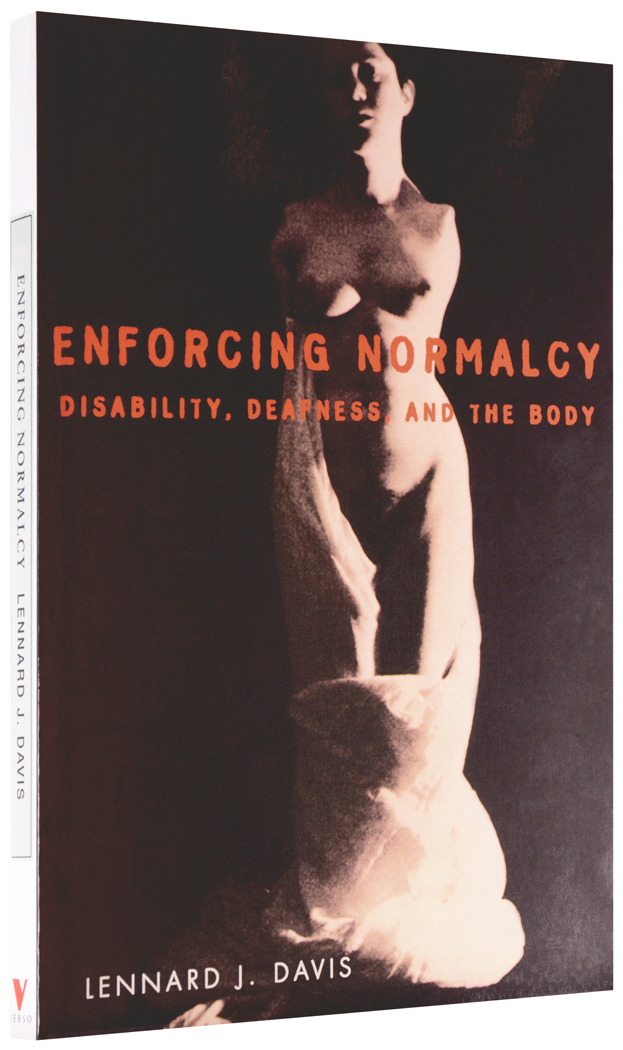There won’t be a single woman who hadn’t heard of the statement that triggers nearly the title of my writing. Sometimes, who had a really bad day at office, and it’s clearly visible that she was trying to hide it from her boyfriend and she seemed like expecting attention that ‘her boyfriend’ will ask dramatically, “Baby! How Was Your Office Today”/Is Everything Alright With You, My Love?” And he ended up asking a very silly question just because she couldn’t choose the menu of the dine/exchanged her cold eyes several times, which is, the universal question on womanhood- “OhW you look pale! It must be your that time of the month, isn’t it?” I’m sure it is.” Okay!
‘That’ time of the month! Yes that is the word mostly so called responsible people use instead of saying or asking about periods/menstruation/monthly hormonal cycle of women. As there is no “time of the day/hour/minute/moment” to address men’s hormonal cycle so, the special constructive phrase is used by the society only for women. It provides unquestionably a ‘special’ attention to address woman, particularly woman’s sexuality. It makes her to recall the reproduction capability which is thought to be her sole responsibility in the society and for which she had been always kept sensitively for almost whole of her lifetime. The early thought is, reproduction pays no economic influence that only production does! Alright! Even I won’t prolong the radical issues by saying that, ‘menstruation is such a pain in the ass, I should have been a boy instead!’ I would rather dignify the insecurity that every woman goes through when she is at the cycle. Leave it! It can be a family problem, an unsettled mental state, or may be it’s not the right time for her to have conversations. Sometimes, it mat be just an expression that she wants to give. Men, unfortunately, it is not always the ‘Time of the Month’ nor it is ‘Pre/post-menstrual Syndrome’. Sometimes, women just expect the guy to understand her ‘state of mind’ rather than just generalizing her problems with hormonal issues. She might be in need of mental support than physical. Isn’t it?
Yeah sure it happens every month. It bothers. It has immense pain inside. Sometimes the pain is just intolerable. But it is not just PMS always that makes her untouchable. It can be the lack of self-confidence which bothers her more than bodily pain. It is the red color that panics her, freaks her out. It is her sleep cycle that she knows will be interrupted due to menstruation. It is the fear of public exposure. It is her anxiety and shame that she might lag behind in the competent world. It is indeed painful. It is not always ‘biological pain’; rather it is ‘mental soreness’. It is about social acceptance and uncertainty. She might be challenged psychologically, financially, might have phobia of getting married soon to an unknown person, and scared of being ‘adjusted’ with her so-called ‘new family’. I have never seen a girl without doubts whether she is established or not. A girl who knew every household yet had doubts on her cooking skills because the judgment is ultimately going to save her marriage, although she was from a prominent marketer background yet had doubts on her own capability. It is not like she was born with doubts; it is the society who doubted since she had ever existed.
PMS (Premenstrual Syndrome), isn’t it another issue to demean womanhood? Did we ever ask them back that, ‘Why can’t I be just annoyed/irritated/upset/depressed on my own?’ ‘Can’t it be only my emotions rather than my biology?’ One can pass the question just by saying, ‘It is scientifically proved.’ Okay! So, who proved this? A castrated woman or ‘un-reproductive man’? Is that proved scientifically or enforced socially and then imposed psychologically to believe that ‘THAT TIME OF THE MONTH’ is the mother of all women’s ‘mood swings’! Did we? I wonder.
(based on one of my class presentations)

